Photo Editing Software
(That I Use)
By Scott Umstattd
Photo Editing Software: Taking pictures is the best part of photography. But, as a photographer, your job is oftentimes only half complete after you press the shutter. Editing photos, whether for the web or for print, is a critical step in the photography process.
While today's photo editing software makes possible incredible changes to how your picture is seen, editing photographs is not new to photography.
In the days of the darkroom, photographers had the opportunity (and sometimes duty) to enhance or adjust their pictures prior to printing. While the process of editing photographs in the darkroom vs editing photographs on a computer can seem like the difference between night and day the basics are very similar.
Editing Begins In The Camera
First, editing your picture actually begins in the camera. The exposure settings you use (ISO, aperture and shutter speed) are editorial decisions. These settings have a direct and immediate affect on how light hits your digital camera's sensor or your film camera's film.
How you compose your picture is an editorial decision. Do you drop to one knee to get the shot or do you find a park bench or climb a tree? Do you hold the camera vertically or horizontally? These are editorial decisions.
To make the most out of your editing software and the photo editing process, it's pretty darn important that you edit your pictures well before you offload them into your computer.
A Pandora's Box For Pictures
Editing a picture after the shot opens up a world of opportunity and a Pandora's box of confusion if you are not sure what you want your picture to become.
Black and white or color? More color or less color? More red or less red? Gradient tint? More sharpening or more clarity? Increase or decrease shadows? Remove a blemish or keep it? To vignette or not to vignette. Crop?
Editing pictures gives you an opportunity to express yourself. How photographs are edited is as personal for a photographer as brush strokes and paint mixing is to a painter.
The Photographer's Tools
Digital photography has replaced the intimate nature found with film and darkroom editing. A digital photographer never gets to touch his pictures during the editing process. A digital photographer will never smell the chemicals needed to process and develop film and prints. A digital photographer will never spend hours in the surreal environment of the darkroom.
But a digital photographer gets immediate results. A digital photographer can easily erase mistakes just to make more mistakes to erase. A digital photographer can share his pictures with thousands of people in one day. And a digital photographer has to choose what kind of darkroom they want to work in.
Your Digital Darkroom
And that is what photo editing software is. It is a digital darkroom. If you have yet to decide which photo editing software you want/need to use, I've compiled a short list of choices for you to consider based solely on my experience.
If you want a full list of every photo editing software program available Google "photo editing software" and spend the rest of the day reading.
Pick and Go
As with most decisions, it's best if you don't look back (often). Once you have settled on your photo editing software your best choice is to stick with it and master it. If you keep searching you will never master this skill and you will miss opportunities to create your own style because you are spending more time learning new photo editing software programs and less time actually doing what you love - taking pictures.
Consider Your End Use
When considering which photo editing software to use, consider how you shoot your pictures and how you will share your pictures. If you are shooting raw files some software simply will not work for you. If you are shooting only in JPEG then some photo editing software will be overkill.
If you are only going to share your pictures online then you may not need a powerful photo editing software. If you plan on selling your pictures as large prints or through a stock photography agency, you may need software that will let you edit at the pixel level to ensure absolute accuracy and control over your image.
Photo Editing Software - Desktop
Adobe Photoshop Lightroom 5
Photoshop and Photoshop Elements offer benefits that go well beyond photography. But Adobe Photoshop Lightroom is designed specifically for photography and photographers. For many photographers, this is THE choice. It organizes photos, allows for bulk editing decisions and allows for a plethora of editing decisions to give your pictures power. And it handles raw images. Which, for me, is why I use Lightroom. It handles raw images like a champ.
Picasa
I have used Picasa for over ten years. It is how I manage all of my photos. While Adobe Photoshop Lightroom does an excellent job, I still find that Picasa is simply easier and more intuitive. While Picasa does handle raw images, it makes some decisions on how to record raw images for me. For this reason, I often find myself using Adobe Photoshop Lightroom over Picasa when I really want to edit a picture.
Photo Editing Software - Online
Picmonkey
No learning curve with Picmonkey. It's user interface is the easiest and most intuitive I have seen. But don't let the ease of use fool you. Picmonkey packs a punch. This would be my one and only choice for editing pictures if it could save larger file sizes and if it could work with raw images. Picmonkey is a blogger's best friend but it comes up short when prepping pictures for print and stock agency use.
Google Plus
If you are into sharing your pictures, drop Facebook immediately and move over to Google Plus. For one, Google will like you more. And trust me, if getting your images seen outside of your friends and family is your goal, you want Google to like you. Plus, Google has a pretty hefty online editing program that lets you make simple edits to your JPEG images. This is another easy and fun way to edit your pictures.
Final Thought
I am not a great photo editor. Absolutely, I add color and I add contrast to almost every picture I take. However, if I had it my way, I would simply upload my pictures into Picasa, tag and keyword them, and then share them with the world.
What I mean by that is that my goal is to be an excellent photographer who never ever needs to edit picture because I am so incredibly awesome that I don't need to edit pictures. That is my goal. That, however, is not reality. Yet.
So, I edit as minimally as I can because I don't want to get into the habit of using the editing process as a crutch. It is too easy to take an average photograph and then spend hours tweaking it to make it stand out.
At some point a distinction has to be made. Am I a photographer or a graphic designer/software artist. Am I creating with my camera or am I using my camera to create a coloring book image to be filled in later?
I like taking pictures. I like being in that moment.
More From Picture Power
Camera and Lens Reviews
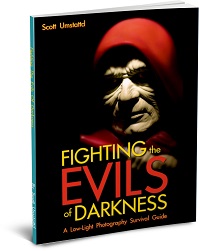
Want to learn how to fight the evils of darkness in all of your photography?
Download my e-book Fighting The Evils of Darkness: A Low Light Photography Survival Guide completely free!
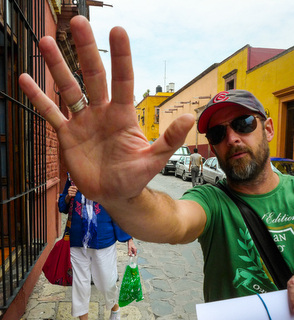
Hi there! I'm Scott. PTMY. Photography is a constant challenge and there is always something to learn - if you want to learn. For those that do want to learn, I created Picture Power as a resource for you to sharpen your photography skills. If you don't find the answer you're looking for just let me know and together we'll find a way to ignite your inner superhero photography genius. Contact me
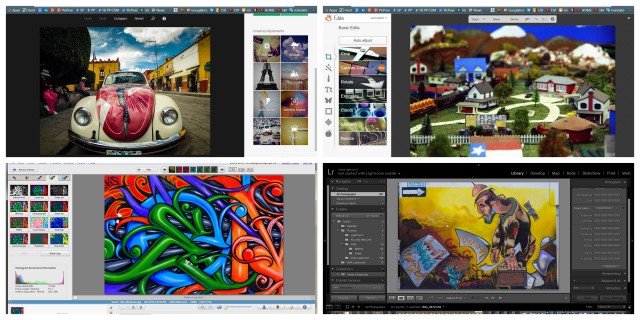
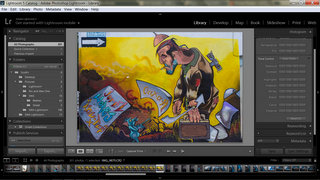
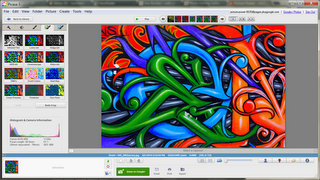
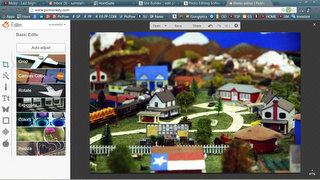
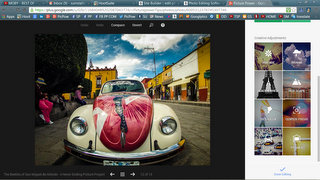
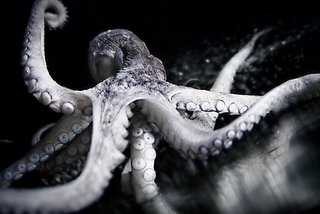
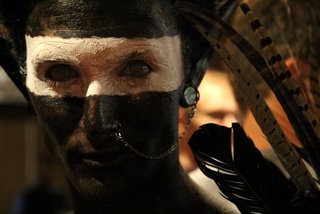
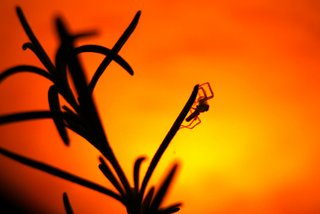
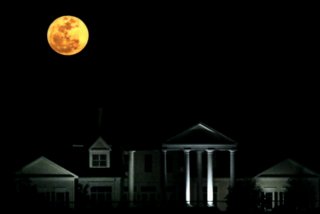
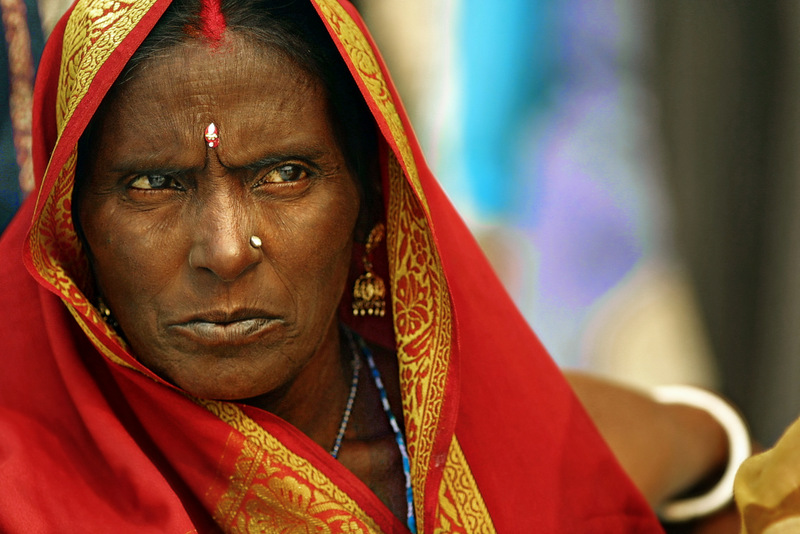
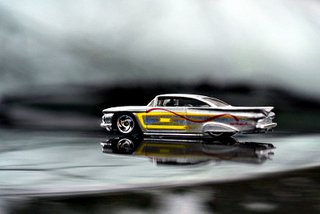
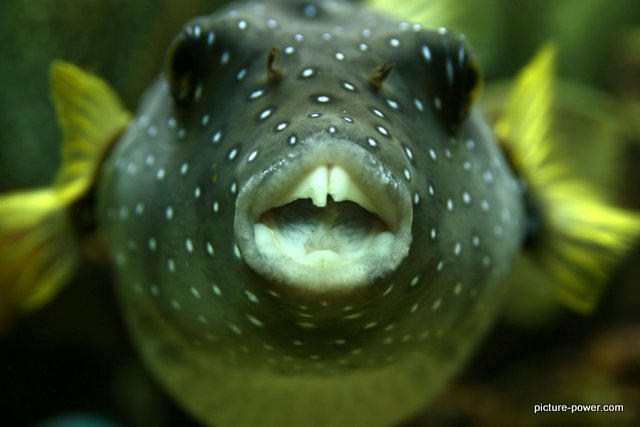
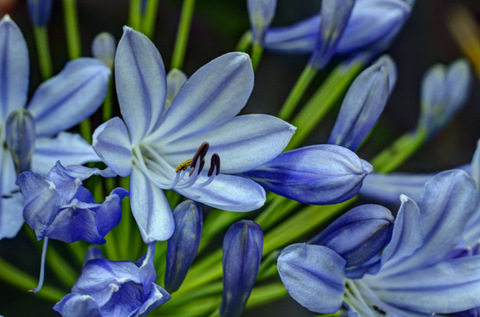
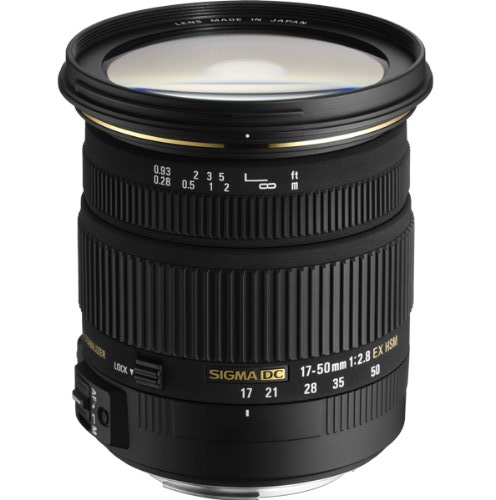
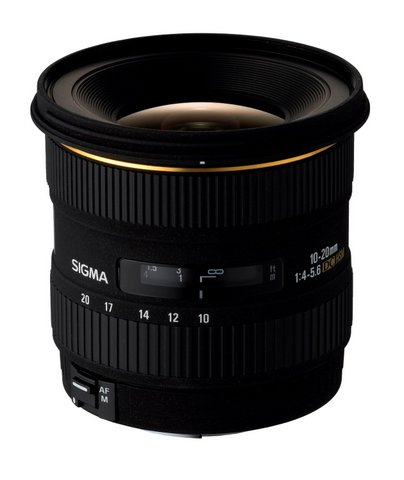
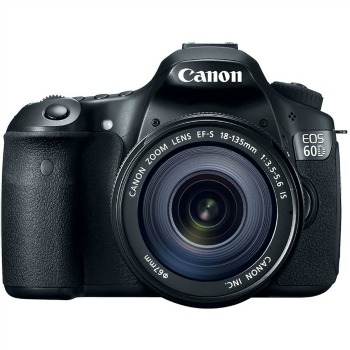
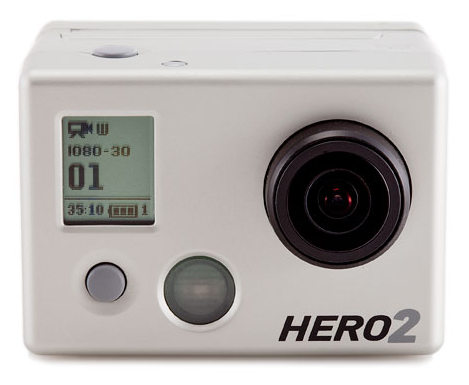
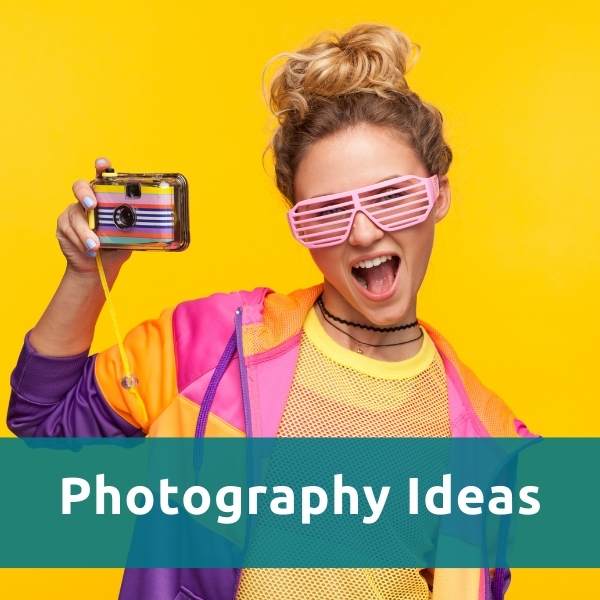





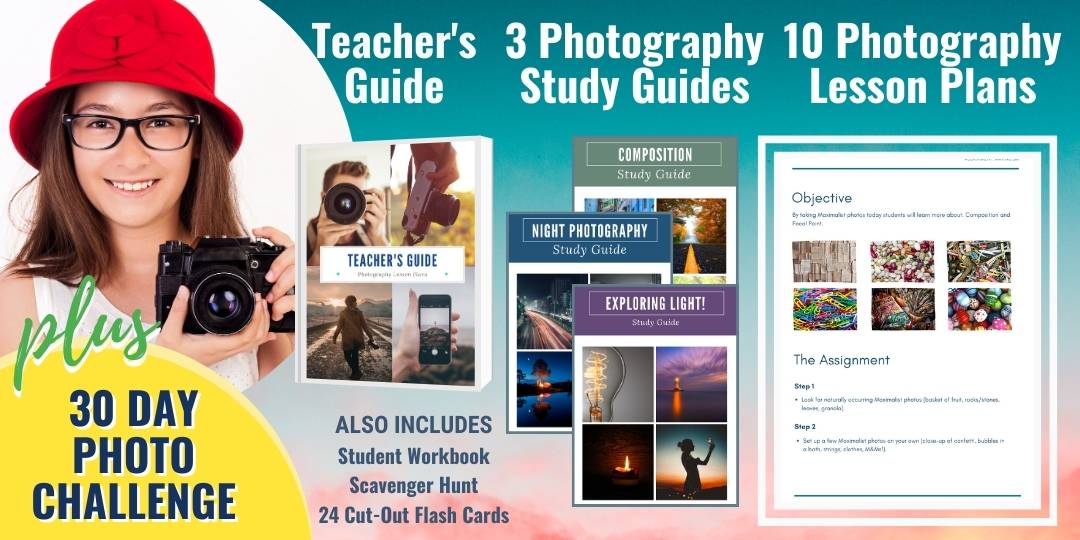
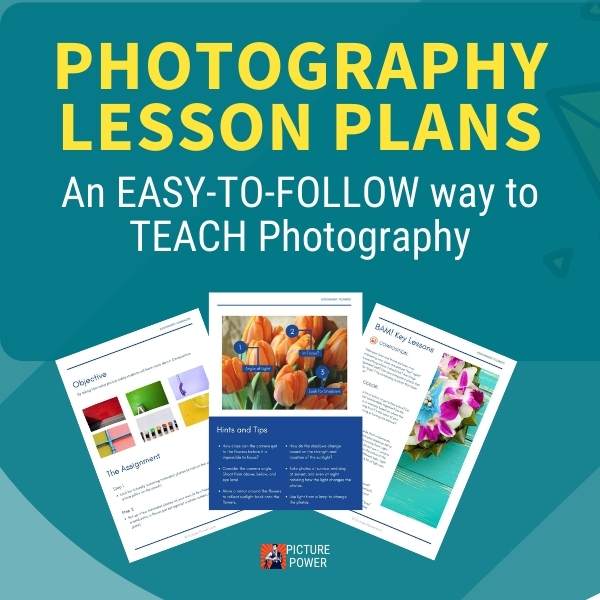
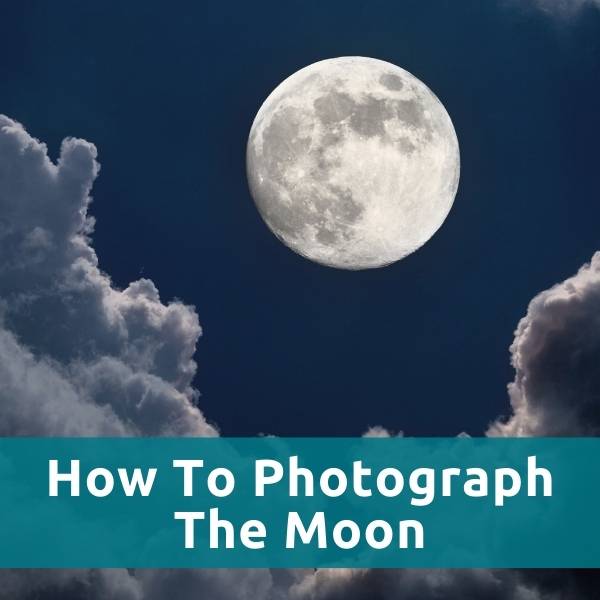
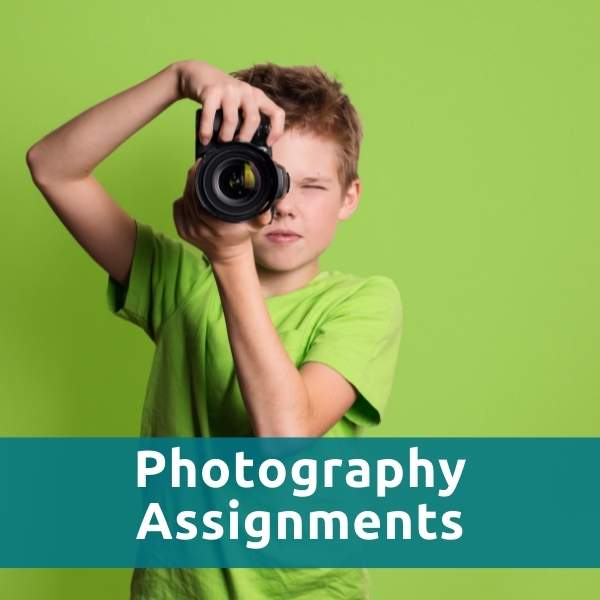
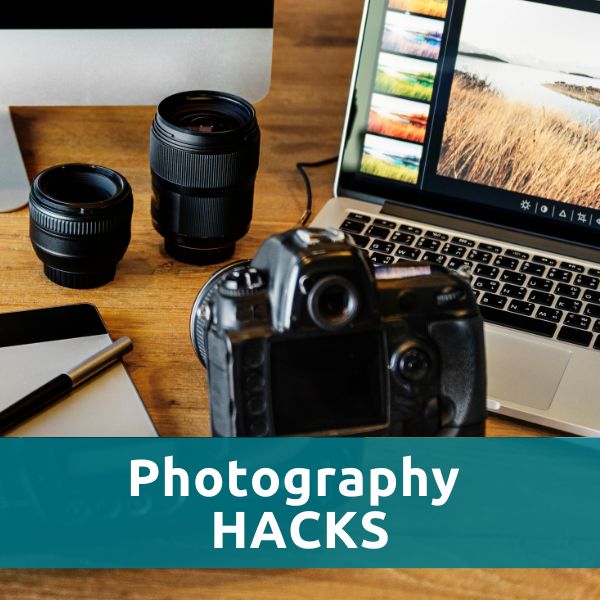
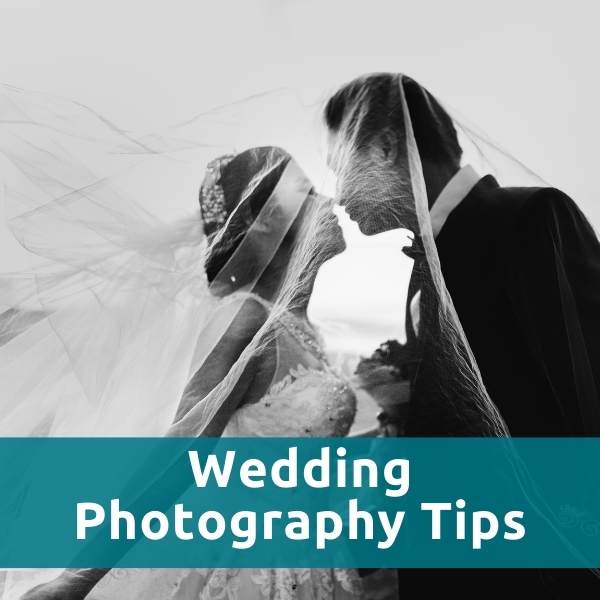
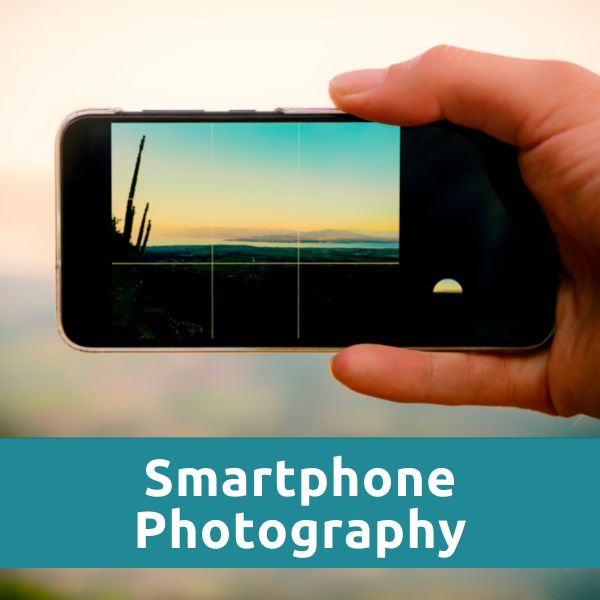
New! Comments
Let me know your thoughts about this site or what you've just read. Leave a comment in the box below.